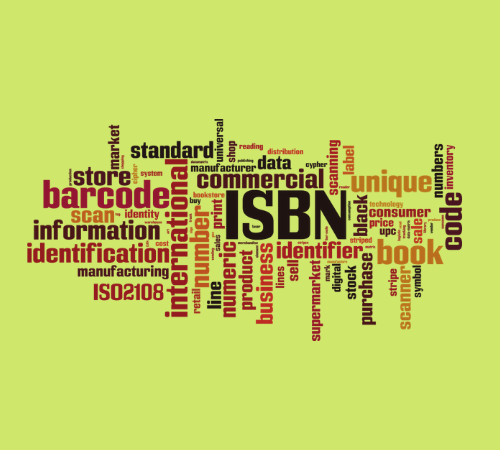Every form of the book has its distinct International Standard Book Number (ISBN). Be sure to address all of the technical considerations while publishing your written work.
International Standard Book Number (ISBN)
International Standard Book Number (ISBN) is an international identifier for books. An ISBN identifies each edition of a published book with a unique number. When the paperback version of your book is published, one ISBN is allocated to it. A separate ISBN will be given for the hardback version, and another will be reserved for the eBook edition.
In the planning and production phases, the life of an ISBN starts and continues through to the final stages of a book’s release and marketing.
In nearly 170 countries around the globe, the ISBN system is widely acknowledged as a significant selling and distributing tool. Tracking unique numbers makes sales analysis and control of copyright possible. Locating and managing library information may also be used to arrange bibliographic data storage and storage of library data.
International Standard Book Numbers (ISBNs) are often used for a wide variety of books and media. Printed media (newspapers, magazines, etc.) are only one kind of electronic media. They also designate audiobooks on CDs, DVDs, and other electronic media. In addition, some types of software and publications, such as books and periodicals, will require ISBNs for identification reasons.
Also, works in progress and completed projects, like newspapers and magazines, aren’t required to utilize the ISBN system. Additionally, personal resumes, advertising flyers, printed music, artworks without text, and emails do not need ISBNs.
ISBN Elements
ISBN has five (5) elements which are divided by hyphens or spaces.
1. Prefix
It comprises three (3) digits, so the number could be either 978 or 979.
2. Registration Group
The number of digits is between one (1) to five (5) digits. Which uniquely identifies the region, linguistic area, or country that is a member of the ISBN system.
3. Registrant
The number of digits could be up to seven (7) digits, indicating the imprint or publisher.
4. Publication
The number of digits could be up to six (6) digits, and it indicates the specific edition and format of a book title.
5. Check Digit
The check digit number is computed using a Modulus 10 method with alternate weights of one (1) and three (3). This is always the single digit at the end of the number that mathematically validates the remainder of the number.
Are you looking for a literary agent? Handing your book to publishers is a daunting task. However, companies like Quantum Discovery can help you with your needs when it comes to having your book delivered to the right publisher. Contact our professionals by calling (888) 755-6875 or visit quantumdiscovery.net to know more.
